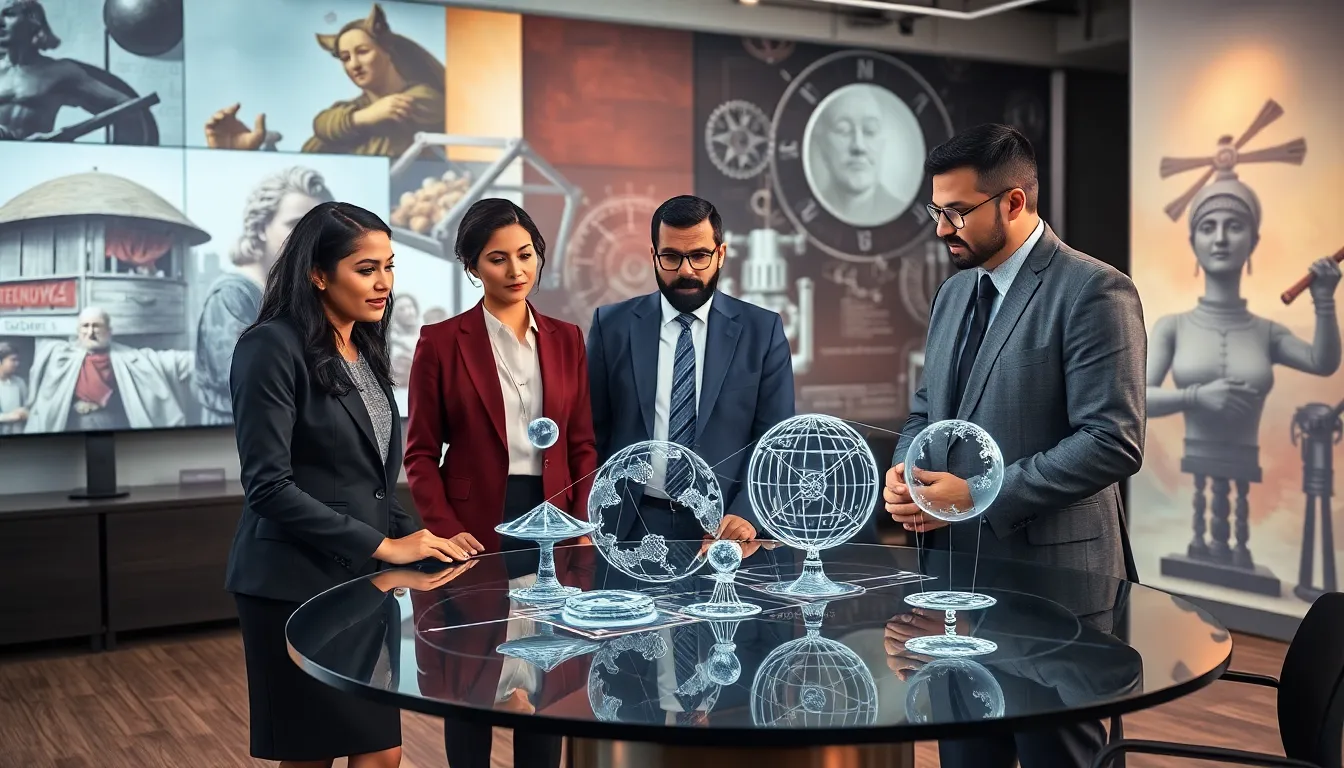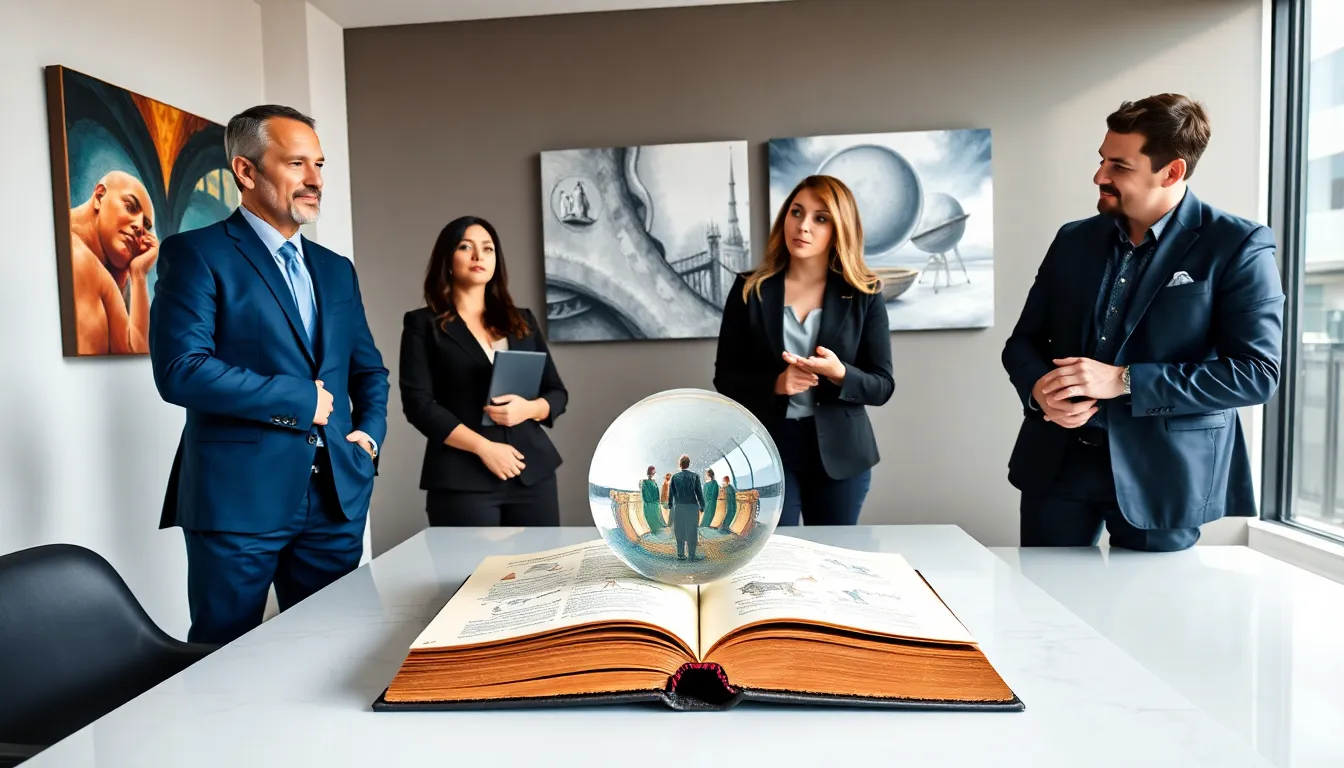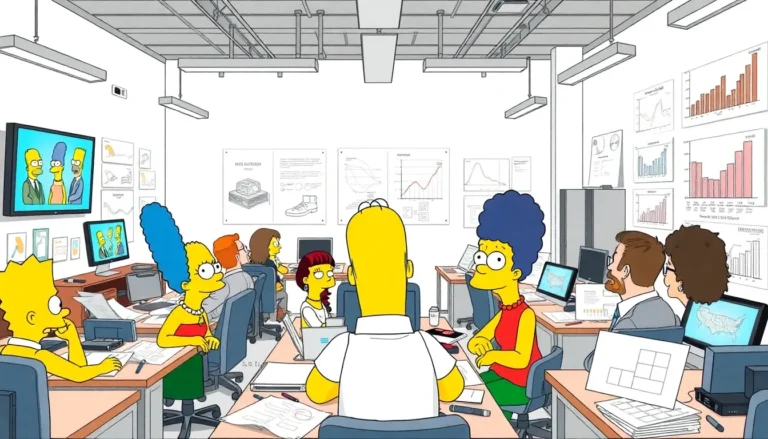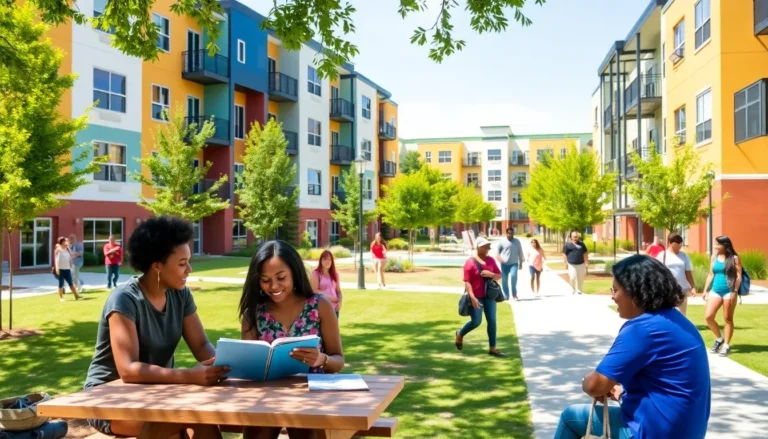Table of Contents
ToggleImagine sitting across from a crystal ball. Now, swap that ball for a dusty tome filled with dreams, aspirations, and sometimes outright nonsense. Future predictions from the past make for some entertaining reading. What if the predictions from centuries ago could give us a glimpse into what’s next? By exploring these whimsical forecasts, we not only get a chuckle but also discover profound lessons about human creativity, imagination, and the unpredictability of life. Join us on this delightful journey through time as we dissect the evolution, notable visions, and the invaluable insights these past predictions impart for our future.
The Evolution Of Future Predictions

Historical Context And Methods
The journey of predicting the future isn’t just a modern phenomenon: it stretches back through history. In ancient civilizations, oracles and sages relied on astrology, while later iterations utilized technological advancements and scientific reasoning. For example, the Renaissance sparked a fervor for exploration and innovation that led to some of the most ambitious forecasts of the time. Predictions were often tied closely to the prevailing culture, reflecting collective anxieties and desires about what lay ahead.
In the 19th century, the industrious spirit and rapid technological growth inspired a wealth of predictions that were as imaginative as they were varied. Authors, scientists, and philosophers employed a mix of logical reasoning and wild conjecture. This era laid the foundation for the predictive models we see today.
Cultural Influences On Predictions
Each era brought with it a distinct culture that colored its predictions. For instance, during the Victorian period, technological advancements prompted predictions about a future filled with machinery and automation. Meanwhile, the late 20th century saw a shift towards environmental concerns and the societal impact of technological evolution. In many ways, it seems that societies predict their futures based on the challenges and triumphs they face in the present, revealing that the art of foretelling isn’t merely about what might happen: it’s about interpreting the here and now.
Notable Predictions From Different Eras
The 19th Century Visionaries
Let’s jump into a treasure trove of predictions from the 19th century. One of the most notable figures was Jules Verne, who, through his fantastical narratives, envisioned everything from submarines to space travel long before they became a reality. His ability to merge imagination with emerging technologies showcased how foresight could inspire future innovations.
Then there’s Nikola Tesla, who predicted wireless communication and global networking. He foresaw technologies that make our daily lives so interconnected that it’s almost eerie. It turns out that the 19th century was a remarkable incubator for visionary thinkers who peeked just past the horizon.
Mid-20th Century Predictions
The mid-20th century was a peculiar blend of optimism and anxiety. Voices like Arthur C. Clarke brought us visions of satellites orbiting the Earth and space travel becoming mainstream. In stark contrast, the Cold War era produced a fixation on bleak predictions of nuclear fallout and societal collapse. This dichotomy highlights how perceptions of danger can greatly influence predictions, often overshadowing the positive possibilities.
Futurism In The Late 20th Century
As the century waned, futurism took on a new flavor. Thinkers like Alvin Toffler dove into the implications of rapid technological change, coining terms like “future shock” to describe the disorientation felt in a world of accelerating change. The predictions became increasingly abstract, yet resonated deeply with a society grappling with the digital age.
Innovations like the internet were on the horizon, yet many struggled to grasp their potential impact, showcasing how even the most astute thinkers can miss the mark.
Lessons Learned From Past Predictions
Accuracy Vs. Imagination
One of the most intriguing aspects of historical predictions is their blend of fantasy and reality. Many predictions hit the nail on the head, while others missed spectacularly. The key lesson? Accuracy often plays second fiddle to imagination. While technologists have perfected numerous innovations, many predictions embody the spirit of creativity rather than precise accuracy.
For instance, while flying cars are yet to populate our skies, they highlight humanity’s relentless quest for innovation and convenience. The lessons gleaned teach us that even in misfire, there lies an opportunity for inspiration and iteration.
How Technology Has Changed Predictions
Today, predictions are robustly data-driven. Algorithms and machine learning models churn through vast datasets to forecast trends, shifts, and even consumer behavior. The technology that once served as the subject of predictions now shapes our predictive capabilities. Surprisingly, this has led to more accurate future forecasting, but not without skepticism about the ethical implications. The reliance on data has transformed how societies interpret signals and trends, yet the human intuition rooted in historical prediction remains invaluable.
What We Can Learn For The Future
Applying Historical Insights To Current Trends
What do past mistakes and triumphs reveal for our present and future? By understanding historical predictions, we better grasp our current realities and the potential paths ahead. The interconnections between technology, culture, and society are obvious now more than ever. Trends shift rapidly, yet they resonate with echoes from the past.
To that end, experts often look at past behaviors to shape frameworks for predicting future behaviors, leading to more informed strategies that may ward off previous miscalculations.
Preparing For An Uncertain Future
No crystal ball can provide absolute clarity about the future. But, history offers clues. Preparing for an uncertain future means embracing flexibility, curiosity, and resilience. Continuously refining predictive models allows societies to navigate the future more adeptly. Investors, leaders, and thinkers need to channel the imagination that sparked past predictions while coupling it with empirical insight to anticipate not just challenges but also potential opportunities.







